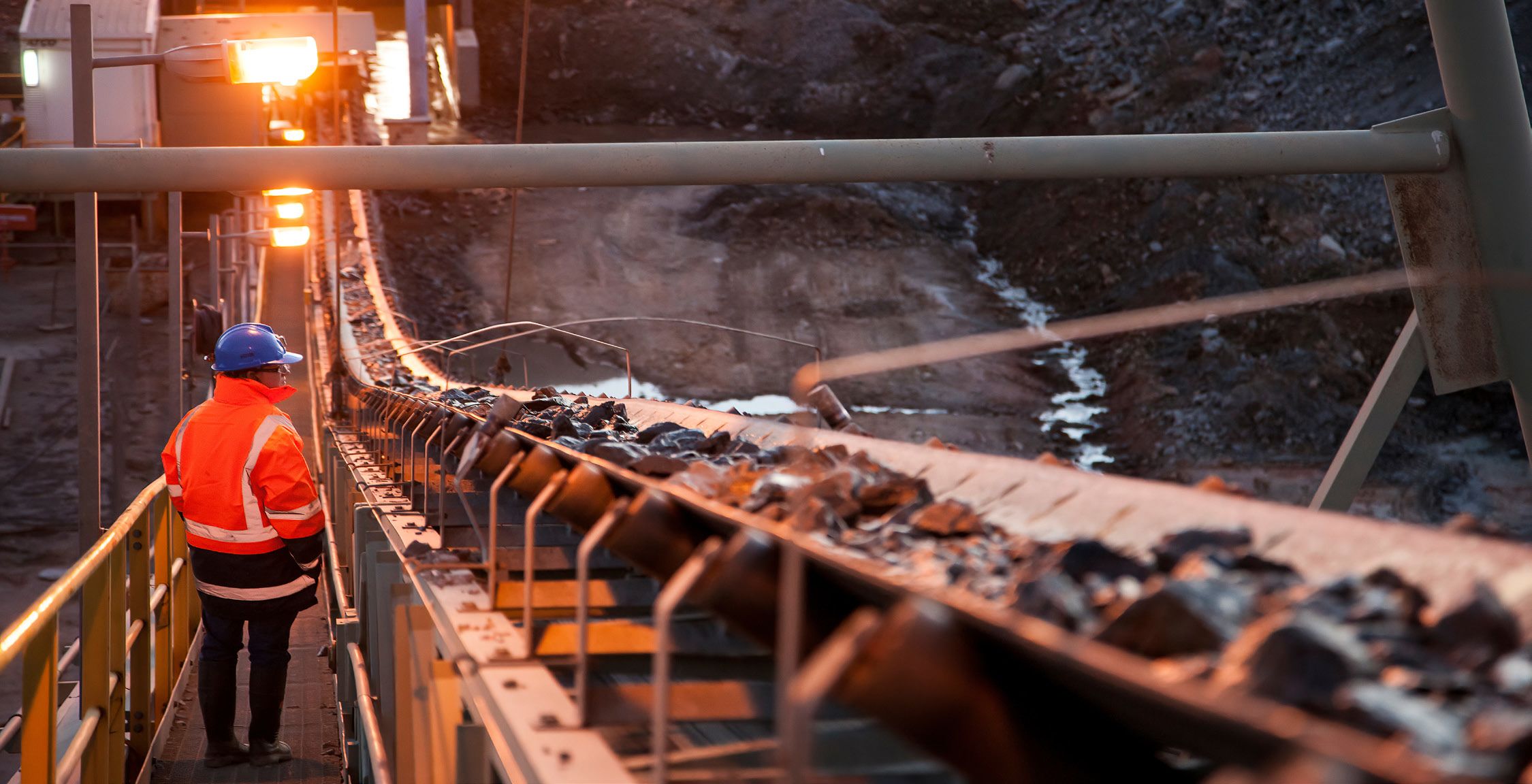Kuchera supports remote mining site sustainability and productivity with ORBCOMM IoT technology

The challenge
There are tens of thousands of mines operating around the world today. The largest mines produce millions of metric tons of copper, gold, iron ore, nickel, bauxite, tellurium, molybdenum and more. Mines operate in remote, rugged areas that make it difficult for the people and vehicles that keep the operations running to be connected via cellular networks. The disconnected operations often have challenges in managing and monitoring the mines that can cover hundreds of thousands of square kilometers.
Berlin-based mining technology company Kuchera identified numerous areas where mining operations could improve and developed their teamUP mining operations platform to help drive productivity and optimize equipment utilization for their customers. However, according to Kumbirai Chipadza, co-founder and managing director of Kuchera, this came with some challenges.
“In many countries, such as Zimbabwe and South Africa, connectivity at mining sites is often spotty or non-existent,” Chipadza says. “Sometimes there are five- to eight-hour blackout periods where data isn’t delivered due to unavailable cellular coverage.”
The solution
Kuchera answered their connectivity challenges with ORBCOMM dual-mode satellite/cellular connectivity and devices. With ORBCOMM’s technology, Kuchera’s teamUP can do what it does best: help customers improve mining operations and boost employee collaboration, all while reducing negative environmental impacts.
“Kuchera’s teamUP is more than an IoT data platform,” Chipadza says. “It’s a performance management platform that empowers mining teams to set clear, achievable objectives and track their progress in real time. By automating data collection and offering actionable insights, Kuchera helps teams focus on what matters most—achieving their goals. With tools to streamline operations, reduce downtime and enhance safety, Kuchera turns complex mining challenges into manageable tasks, driving both efficiency and success in every project.”
“We wanted to provide a way for everyone working in the mining operation to collaborate on developing goals and related key performance indicators that would help the entire team work together to realize better results,” he says.
“We knew that persistent communication among workers and mining fleets was imperative to supporting transparency and goal realization. We also wanted our application to provide immediate feedback to the drivers and people working in the field.”
ORBCOMM’s programmable dual-mode terminals send data to teamUp. Versatile and environmentally sealed, the terminals are built for the remote, rugged regions where Kuchara’s customers operate. The ability to switch between satellite and cellular networks keeps vehicles, people, and assets connected seamlessly while keeping airtime costs down. Plus, being able to process data and send updates over the air helped significantly reduce device upkeep, says Kuchera co-founder and Chief Product and Technology Officer Christian Hugger.
“What we really liked was the flexible programming environment ORBCOMM provides that includes a development kit and offers open APIs for easy integration of teamUP and the addition of functionality,” Hugger says. “Plus, installation of ORBCOMM satellite IoT terminals takes 20 minutes or less and doesn’t impact vehicle warranties. This was especially important for our customers.”
A key part of this successful partnership was the way that ORBCOMM and Kuchera worked together from solution ideation to deployment and beyond. Chipadza says, “When we were rolling out teamUp, ORBCOMM helped us determine exactly what we needed to ensure our customers would realize the benefits of our application. Having ORBCOMM supporting our launch has been valuable as we began connecting people and vehicles operating in the field. They could see how their efforts in the field were directly impacting the results. We saw people lighting up with excitement to see how their daily efforts were making a difference.”
“We didn’t want our solution to be just another IoT application that provides data but not results,” he says. “We saw mining IoT solutions on the market that weren’t having a positive impact on mine productivity or operational efficiency.”





